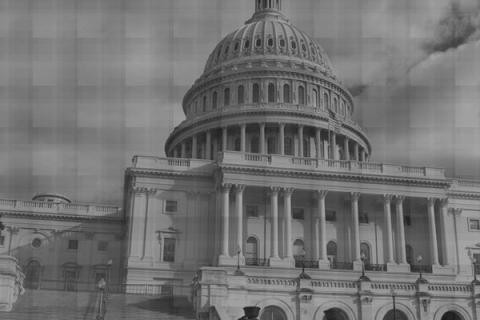American education is an issue that transcends the attention span of modern politics. In order to empirically measure an effect, researchers and the public have to wait years before results show whether or not students are going in the right direction.
Charter schools receive federal funding to enact a privately written charter and are given relative freedom over curriculum so long as accountability and performance standards are met. Some charter schools appear to have hit upon a golden formula, implementing quality staff, curriculum, and facilities to foster productive learning environments and a "college-bound" culture for every grade.
However, In 2011, the California Charter Schools Association (CCSA) publicly called for the closure or probation of ten underperforming charter schools. Three examples highlight the differences in charter school performance.
Preuss School UCSD (6-12)
Preuss School UCSD (6-12), nestled into the university's East Campus, used its proximity to world-class education resources and expert educators to start an experiment. Preuss was founded in 1999 and began with a group of idealistic faculty and a desire to increase the minority and low-income representation in the UCSD student population.
Thirteen years later, Preuss has been named the top transformational high school in the nation three times by Newsweek. It has received the state's highest ranking, and boasts an Academic Performance Index (API) well over the state goal of 800 (892). Average acceptance to four-year colleges or universities hovers at 95 percent with all students continuing to higher education. All new enrollees are first generation college applicants by school requirement.
Not every charter school is fortunate enough to have thorough oversight from a world-class university. A recent report by CREDO reveals inconsistencies in performance between charter schools nationwide. The data on charter schools is inconclusive and the schools that shine contrast with the ones that have not.
Nubia Leadership Academy (K-6)
Nubia Leadership Academy (K-6) was one of the ten under-performers named by the CCSA for non-renewal. Nubia operated for two more years under conditions that student scores rise, registration as a nonprofit was submitted, and the board members be democratically elected.
After seating a new board in October 2012, the administration discovered it was anywhere from $200k-500k in debt. Previous administrators failed to cut administrative costs after a decline in new admissions. The school closed its doors for good last month.
Tell-tale comments from parents and students support the news coverage of their closing: that great teachers were put to a disservice by non-communicative staff and inefficient administrative culture. Ultimately, it was not lack of passion but a bargain bureaucracy that killed Nubia. This is a chilling revelation of the uphill battle charters face; sometimes a teacher's love just isn't enough.
King Chavez Schools (K-12)
At the King-Chavez schools in downtown San Diego, the motto is "Foundation of Love." It fills a large local gap in education and serves 2000 students. King-Chavez is unique because it defies categorization--they have multiple chapters despite remaining localized. State rankings vary widely and the situation it started with was dire enough to suspend judgement.
King-Chavez did not intend to expand past their original academy. It assumed management of a failed school and converted it to a three-in-one charter: Primary (K-12), Arts and Athletics (3-5). Listing each separately has led to confusingly disparate ratings between schools.
Middle and high school chapters have been added in recent years, at the expense (according to some) of after-school, special education, or honors opportunities for students. Expanding now and adding programs later is a method ripe for discussion; less depth in programs is a lesser evil than denying them schooling outright.
The Takeaway
Lack of program depth is surmountable, though. At Summit High, the school partnered with a local youth center to create a third-party athletic and artistic after-school program. Preuss enjoys the bountiful resources of a partnering university. King-Chavez, however, is making the best of an impoverished resource pool.
Whereas Preuss draws ambitious students from 40 zip codes, King-Chavez was created by a local community to fill the void of quality education. Once a school is as inter-connected with an under-served locality as is King-Chavez, it's as vulnerable to the problems of the area as the residents. The API of the local school before it converted to a charter school was an abysmal 559, but it now exceeds 800. Other elusive factors rising from the neighborhood environment have kept performance metrics squarely in the middle.
Nubia is notable because all the passion of its educators couldn't save it from a bad bureaucracy. Preuss is notable because it's extremely exclusive and fostered by a university. King-Chavez is notable because it occupies a fascinating middle ground.
Nowhere else is the potential of charter schools more evident than when a failing district school is given a 180 degree make-over by a motivated new management. Every local school district should compare our Nubias with our Preusses, and use that knowledge to improve our King-Chavezes.

